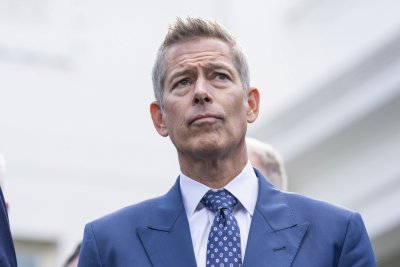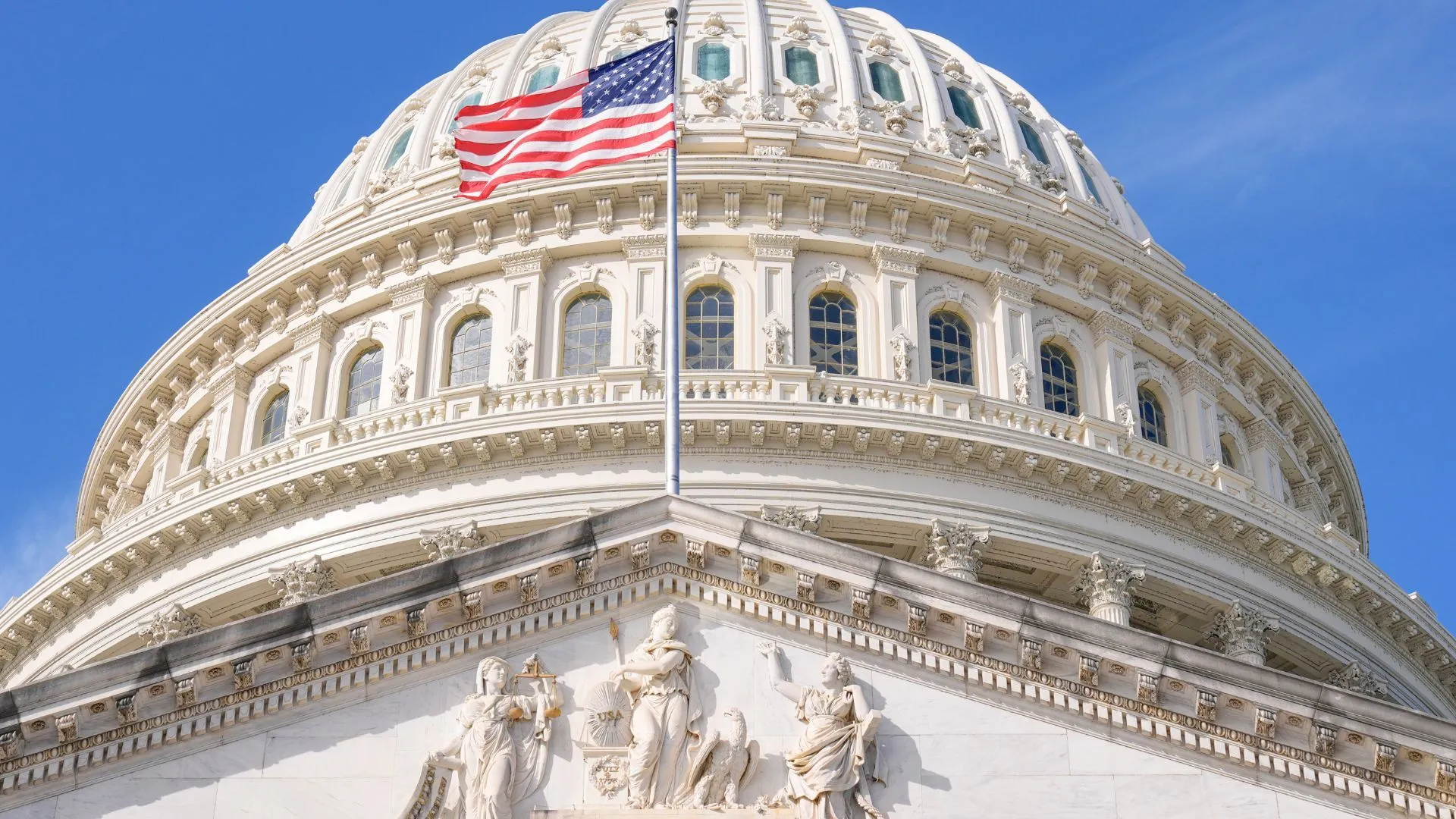Government disappointed by unexpected O2 price rise
The government has asked the media regulator to revisit its rules on phone companies raising their prices in the middle of a contract, after O2 unexpectedly announced it was raising prices by £2.50 a month.
Technology Secretary Liz Kendall said O2’s higher than expected price increase is “disappointing given the current pressures on consumers”.
“I believe we need to go further, faster. I am keen that we look at in-contract price rises again,” she wrote in a letter to the media regulator.
Ofcom said it shared the government’s concern “customers who face price rises must be treated fairly by mobile providers”.
O2 said in a statement: “We appreciate that price changes are never welcome, but we have been fully transparent with our customers about this change, writing directly to them and providing the right to exit without penalty if they wish.”
Ofcom has been given until 7 November to respond to Ms Kendall’s letter, and said it would respond to her specific questions shortly.
In January, new rules came in which cracked down on phone and broadband providers increasing prices in the middle of a contract without warning.
However, last week O2 announced it would be raising its monthly prices by more than originally promised.
It was able to do this because the increase was not linked to inflation, and it has given customers 30 days to leave without penalty – so long as they pay off the cost of their device in full.
The company said it has not gone against the regulation and Ofcom’s rules do not stop providers from raising prices.
“A price increase equivalent to 8p per day is greatly outweighed by the £700m we invest each year into our mobile network, with UK consumers benefitting from an extremely competitive market and some of the lowest prices compared to international peers,” it said.
Ms Kendall said O2 went “against the spirit” of the rules in her letter to Ofcom’s chief executive Dame Melanie Dawes.
She has asked Ofcom to look into whether the 30-day switching period makes it easy enough for consumers to move to another provider.
“I would welcome your undertaking a rapid review on how easy it is for customers to switch providers,” she said.
“If companies are determined to increase pricing, it is beholden on us to make sure that customers are able to go elsewhere as easily as possible.”
She has also asked for an assessment into whether the January rules give consumers enough transparency into price rises during their contracts.
Ofcom’s rules require companies to tell customers how much their bills will rise by in pounds and pence before their contract starts.
O2 initially said its monthly prices would increase by £1.80 a month in April 2026 for current customers.
But the firm now says they will go up by £2.50 instead.
Ms Kendall said she wants phone providers to inform all their customers – including those whose contracts started before the new rules – how much their monthly prices will go up by.
“We’ve always said fixed should mean fixed,” said Tom MacInnes, director of policy at the Citizens Advice charity, and added the current rule “hasn’t gone far enough to protect customers”.
“If one company is able to get away with this, other providers could follow suit,” he said.
“The time has come for the regulator to banish mid-contract price rises for good.”
Meanwhile, telecoms analyst Paolo Pescatore of PP Foresight said UK network operators are “cash-strapped as margins are being squeezed”.
He added: “Striking the right balance between raising much-needed funds and investing in next-generation networks is never easy.”
But he said while other providers would have usually followed in announcing similar prices rises, “it seems highly unlikely that rivals will follow suit, given the consumer backlash and awareness generated thus far”.



